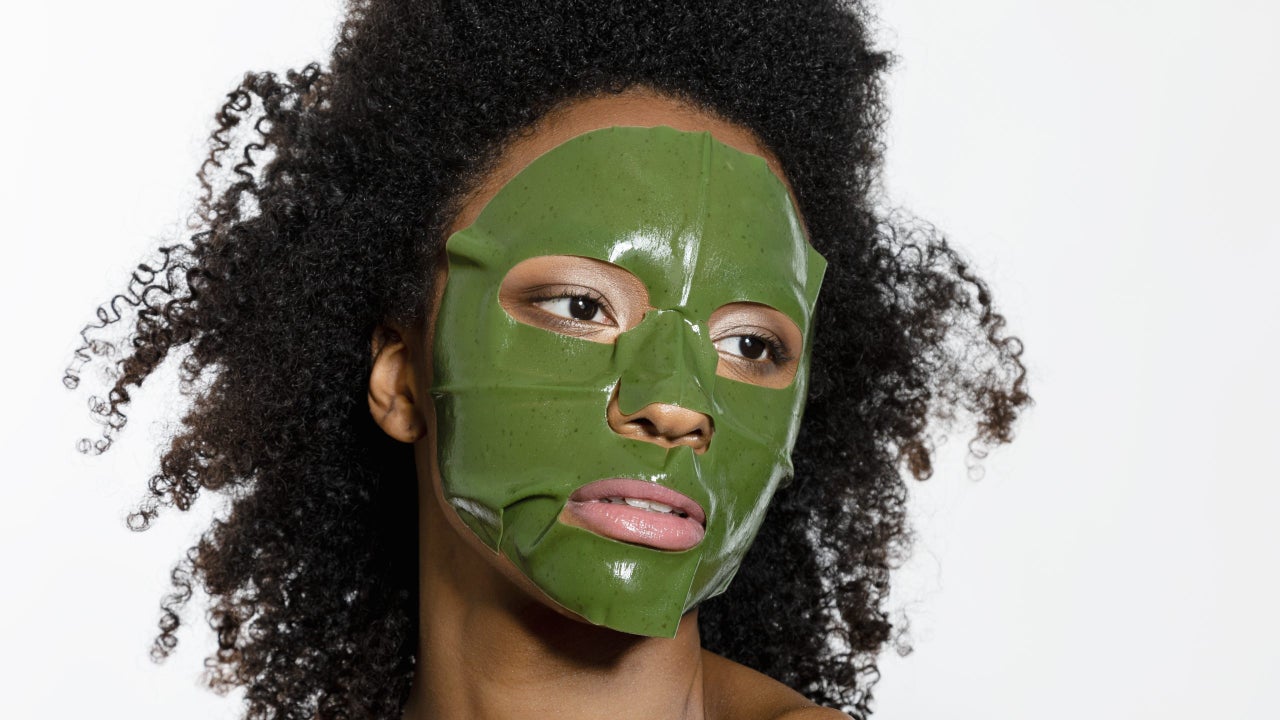
Skincare is more than just cleansing and repeating. Building a routine that targets your actual concerns is important, offering a more effective dose to your most stubborn skin anxieties– including acne. “A targeted skincare routine is individualized for your personal skin goals,” skin expert and Eadem founder, Marie Kouadio Amouzame tells ESSENCE, working with your skin to optimize the health you want to see.
From preventing reappearing blemishes to addressing the hyperpigmentation they leave behind, Amouzame breaks down the steps of an effective acne regimen.
What is a targeted skincare routine?
A targeted skincare routine means using products formulated specifically for your skin concerns. “It’s easy to overwhelm yourself with a bunch of different steps,” Amouzame says. However, “it’s important to design a routine that you actually enjoy doing every day, and which takes your own skin’s needs into consideration.”
Rather than building a 10-step regimen full of products that aren’t doing what you want them to, a targeted routine values efficacy over unnecessary steps. “Whether that’s focused on treating acne, repairing your skin barrier, or addressing hyperpigmentation,” identifying what you want your skin to feel like, then using products that get you there, are the most important steps of all.
What are the leading causes of acne?
“There are quite a few different causes of acne,” she says. “Common factors include hormonal changes, diet, stress, and genetics.” According to the AAD, acne develops when pores become clogged and the type of acne depends on what’s clogging them. “Using products in your skincare or makeup routine that irritate your skin or are comedogenic—which means they clog your pores—can also trigger breakouts,” says Amouzame.
How do you build a routine to target acne?
When looking at your skincare routine, it may be difficult to identify which products work and which don’t. “Start by adding just one new product at a time to ensure it doesn’t irritate your skin or cause further breakouts,” she says. In general, it is recommended to use a new product between 28-42 days (the time it takes for your skin cells to turnover) before deciding if it works.
“Look for gentle exfoliating products,” she says, like the Shani Darden Lactic Acid Serum or EADEM Cashmere Peel. The blend of humectants and gentle exfoliating complexes in these products can help buff out darker skin complexions without drying it out. “Make sure your routine includes moisturizing products that soothe your skin and help support the skin barrier.”
What are the steps in an acne-targeting routine?
“A simple acne-targeting routine typically begins with a gentle cleanser, then an acne-targeting treatment or an exfoliating toner, followed by a soothing, non-comedogenic moisturizer to help support your skin barrier,” she says. According to the AAD, darker skin is more prone to hyperpigmentation due to our active production of melanin.
“To help prevent post-inflammatory hyperpigmentation (the dark spots that you see on your skin following a blemish) make sure to apply a broad-spectrum SPF as the final step in your routine,” Amouzame recommends. Certain skincare products, like retinol or vitamin C, are also more effective depending on when they’re used.
In the morning, “focus on gentle cleansing, moisturizing, and protecting your skin with antioxidants and sunscreen,” she says. Before bed, your skincare routine will be most effective if you emphasize deeper cleansing with a product to remove makeup, dirt, and excess oil. “Your evening routine is also a good time to incorporate any photosensitizing treatment products you might be using, such as retinoids.”
What should you avoid when dealing with acne?
Avoiding certain products or behaviors can make or break your targeted routine. “It can be tempting to pick at blemishes, over-exfoliate with harsh products, or scrub at your skin when you’re experiencing a breakout,” she says. But our extensive effort to remove a blemish can do more harm than good. “Try to avoid these things, as they can exacerbate the issue and lead to a damaged skin barrier and post-inflammatory hyperpigmentation.”
What types of ingredients should you use?
As for the key ingredients to use, “niacinamide is a powerhouse ingredient for acne-prone skin since it fights existing blemishes, soothes inflammation, and helps prevent new pimples,” she says. Chemical exfoliation is also important with gentle acids like lactic and azelaic supporting cell turnover. “These are great ingredients for unclogging pores, removing dead skin cells, and improving overall skin texture for a complexion that appears smoother and brighter.”







